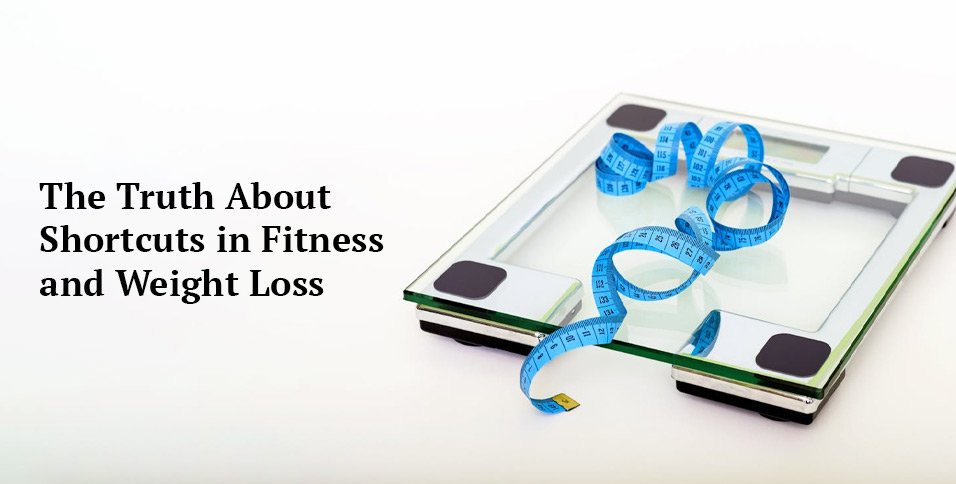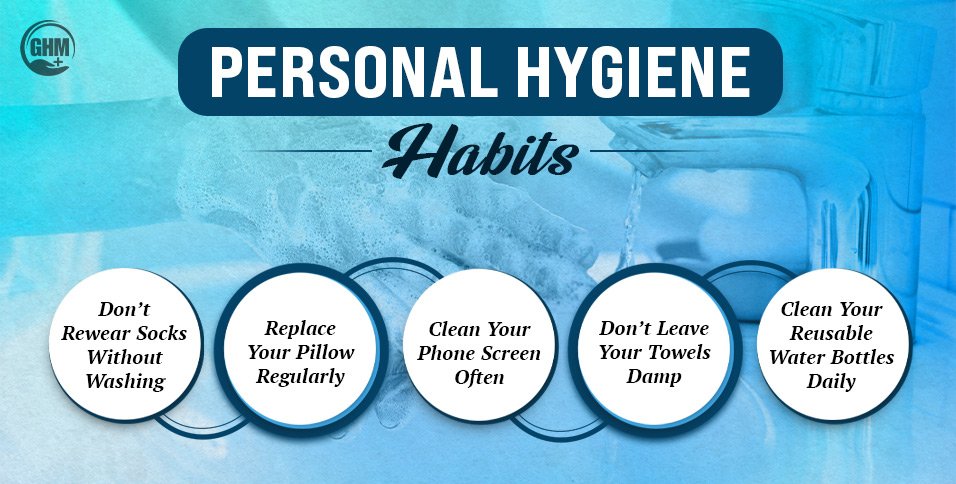Wouldn’t it be nice if getting fit was as quick as ordering takeout? You click a button, and boom—lean muscle, less fat, more energy. That’s the dream behind most fitness shortcuts. From crash diets to “miracle” supplements, the promise is always the same: fast results with minimal effort. But here’s the catch. Shortcuts usually skip the parts that matter, and the bill often comes later in the form of fatigue, disappointment, or health concerns.
The modern world only fuels this impatience. Social media flaunts quick transformations, companies advertise products that claim to change your body in record time, and we live in a culture that celebrates speed over patience. Waiting months to see progress feels unbearable when someone online says you can do it in weeks. It’s no wonder shortcuts look so tempting.
In this blog, we will share why shortcuts in fitness and weight loss often lead to more harm than good, how certain products reveal hidden risks, and what you should focus on instead if you want real, sustainable change.
When Shortcuts Backfire
Not all fast solutions are dangerous, but many carry consequences people don’t expect. Often the problem is simple: we’re drawn to things before they’ve been fully studied or understood. Something new pops up, it looks like the next big fitness breakthrough, and people rush in without asking enough questions. Only later do the side effects become clear.
A good example is research around compounds like Testolone. It has drawn interest in some fitness spaces as a potential aid, but studies have also noted Testolone side effects that raise questions about safety. Reported concerns include possible hormonal changes, mood shifts, and added strain on internal systems. The important takeaway isn’t about promoting or condemning a single compound. It’s about realizing that many quick fixes come with a hidden cost. They may offer fast changes on the surface, but they often leave damage behind that takes far longer to repair.
The pattern is the same across countless “shortcut” trends. What promises speed usually sacrifices safety. And when health is at stake, that’s a trade no one should make lightly.
Why We Still Chase Quick Fixes
So if the risks are real, why do people keep chasing shortcuts? The answer lies in our environment. We live in a time when everything is instant. Movies stream in seconds, groceries show up at your door in hours, and even friendships are measured in likes and messages. This culture of speed makes patience feel outdated.
Add in clever marketing and you’ve got a recipe for false hope. Companies know how to play on insecurity. They make dramatic promises, show polished before-and-after photos, and convince people that change is just one purchase away. Social media adds another layer, as influencers show off bodies and routines that look effortless but often hide the reality behind the scenes.
It’s not weakness that makes people fall for shortcuts. It’s human nature. We like the idea of outsmarting the system, of getting ahead without the grind. But in health, those shortcuts rarely deliver.
The Price of Fast Results
Shortcuts don’t just risk your wallet. They risk your well-being. Crash diets can drain your energy and strip away muscle, leaving you weaker even as you lose weight. Overly intense workout programs can lead to injuries that take months to heal. Products with limited testing can strain your body in ways you don’t notice until it’s too late.
There’s also the mental toll. When a shortcut fails, people often blame themselves instead of the false promise they were sold. That guilt can lead to frustration, yo-yo dieting, or even giving up on health goals altogether. The cycle of hope and disappointment is exhausting—and it’s entirely avoidable.
What Actually Works
Here’s the part the ads never say out loud: steady, consistent effort works. It may not be glamorous, but it’s proven. Small, repeatable habits like daily movement, balanced meals, good sleep, and stress management form the foundation of lasting health.
Progress doesn’t mean perfection. It might look like cooking at home more often, walking a little extra each week, or slowly reducing added sugars. These changes aren’t dramatic, but they add up over time. More importantly, they’re sustainable. You can keep them up for years, not just weeks.
It also helps to broaden how you measure progress. The number on the scale is only one piece of the puzzle. Pay attention to how your clothes fit, how you sleep, how strong you feel, and how much energy you have. Those wins are just as important, and they often show up before the scale moves.
The Real Shortcut: Patience
It sounds like a contradiction, but patience is the fastest way to lasting results. Your body doesn’t respond well to being rushed. It responds to consistency. The time you invest now in steady progress saves you the setbacks and health risks of failed shortcuts.
So the next time you’re tempted by a quick fix, pause. Ask yourself if this choice will help not just next week, but next year. If the answer is no, it’s probably not worth the risk.
The truth about shortcuts in fitness and weight loss is simple. They promise speed but deliver setbacks. Real change takes time, but it also lasts. And in the end, that’s the only result that truly matters.



















